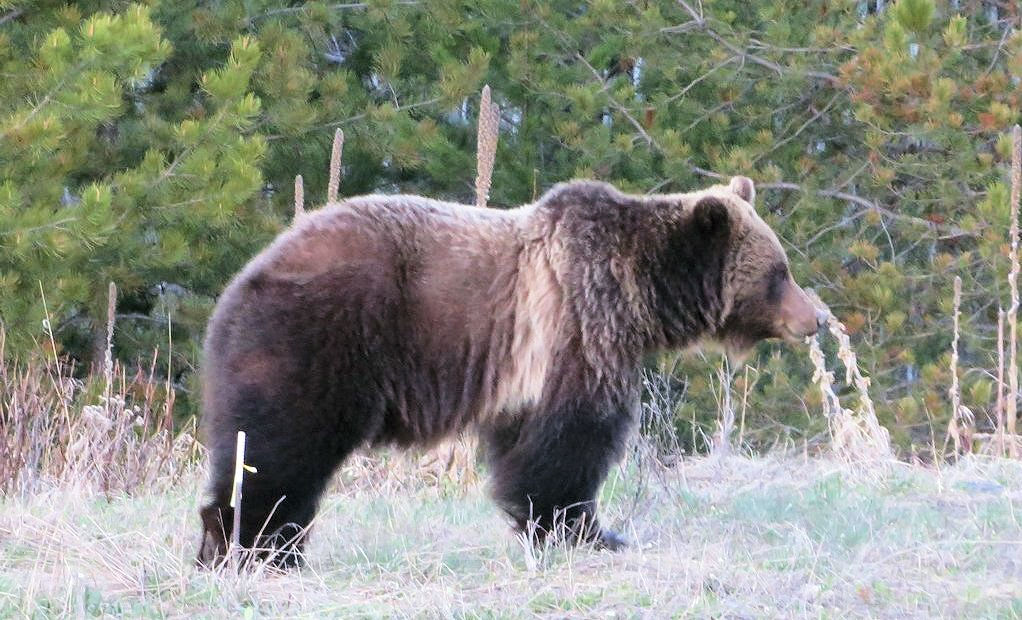Here’s an update on the current state of bear-proof storage. I particularly like the bit about “Kobuk the Destroyer” . . .
An unexpected problem has developed in the world of bear-resistant food storage testing: The grizzly bears responsible for tearing containers to shreds are getting bored or depressed.
“With some of these containers, the bears are no longer interested in testing,” U.S. Forest Service national carnivore program leader Scott Jackson told the Interagency Grizzly Bear Committee meeting in Missoula on Tuesday. “For the metal cases that are bolted to the ground that they can’t tip over and knock around, that’s becoming more and more of a problem. They just lick the bait off the outside and leave them alone. The manufacturers are kind of left in limbo.”
In a way, that’s a good problem to have. Bear-resistant food storage rules apply to more and more places in the woods as both grizzlies and black bears add human food to their foraging plans. Next summer, floaters who win a coveted permit to spend a week on Montana’s Smith River must pack their steaks and beer in bear-resistant containers.
